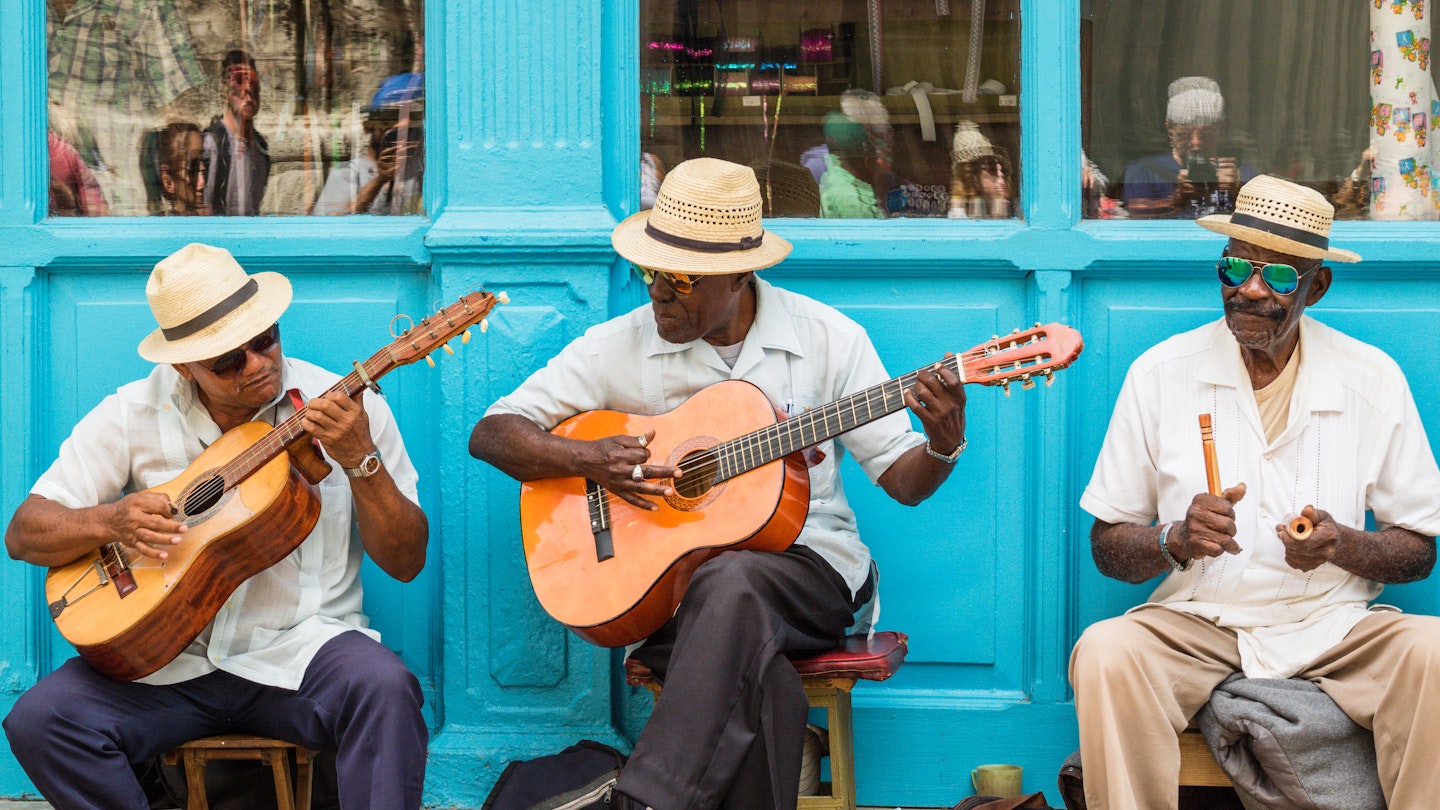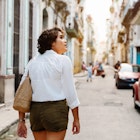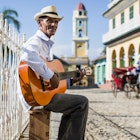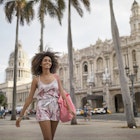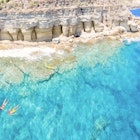From gorgeous cities swaying to the beat of tropical rhythms to unspoiled, lush forests, Cuba delights travelers with a wide variety of contrasting places.
Travelers will find eclectic architecture, white-sand beaches and prime wildlife-watching spots across the country. Here are 10 places worth adding to your Cuba itinerary to truly experience the Caribbean’s biggest and most fascinating island.
1. Valle de Viñales
Best for getting into nature (and tobacco plantations)
About 180km (100 miles) west of Havana, Viñales is one of the most beautiful places in Cuba. It was added to Unesco’s World Heritage list because of its dramatic landscapes of red soils and distinctive limestone outcrops called mogotes.
Viñales has the best casas particulares in Cuba and some of the friendliest and most helpful casa owners who are the go-to coordinators for local activities. Choose from cycling, horseback riding or hiking to Los Acuáticos and Valle del Palmarito, or drive to the Gran Caverna Santo Tomás, Cuba’s largest cave system.
Planning tip: Touted as the growing spot of the world’s best tobacco, Viñales isn’t fully experienced unless you book an expert-guided tour inside the triangle-roofed drying houses scattered on local tobacco plantations.
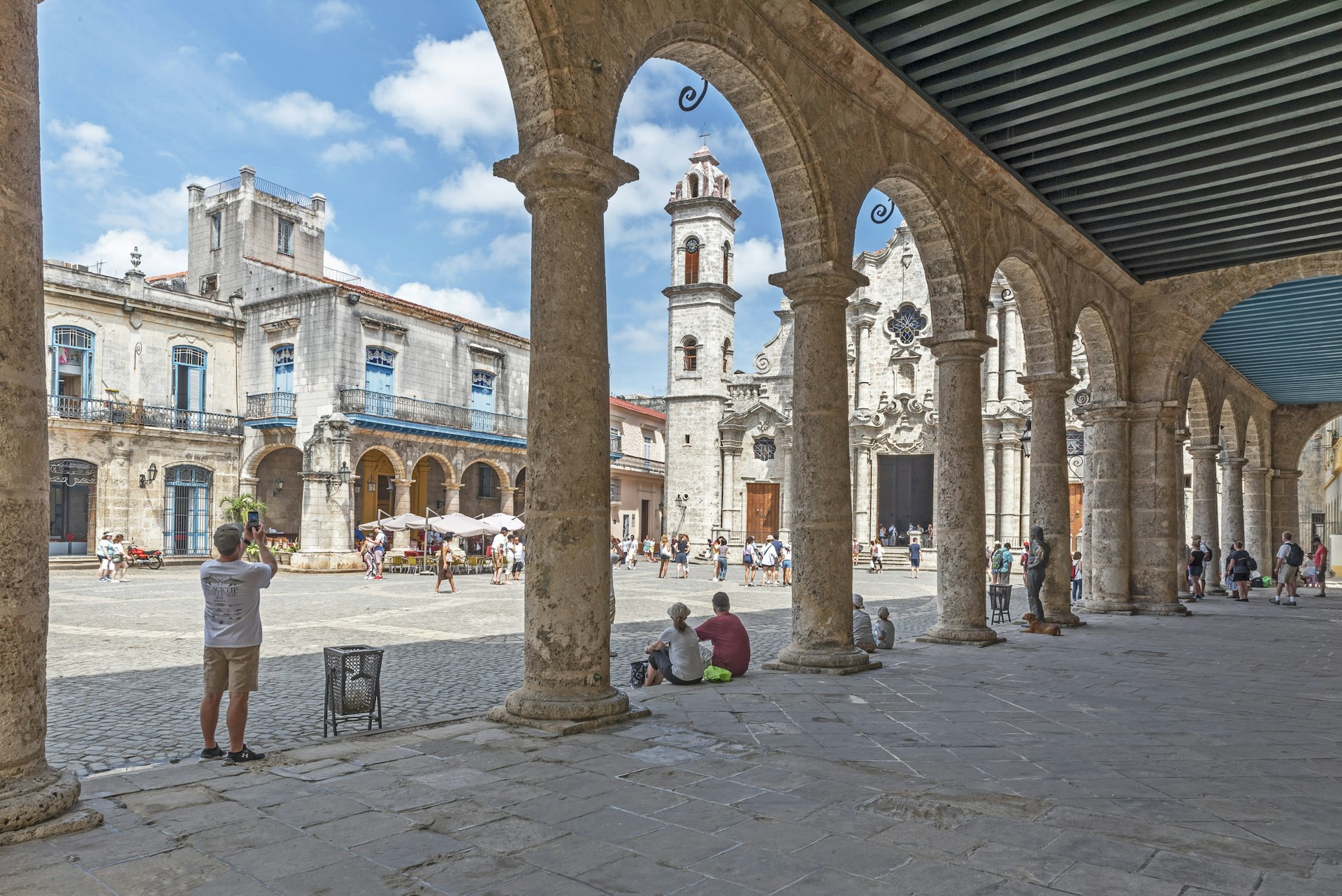
2. Havana
Best city for art and architecture
The Cuban capital of Havana is packed with vintage cars, embellished with old-world cobblestone plazas and silhouetted on the north by a five-mile sea drive known as the Malecón. Make sure you visit Habana Vieja’s old squares for a glimpse of the colonial architecture that shaped the city in the 1700s and 1800s, where you can admire the palatial mansions that now operate as museums and hotels. A walk along pedestrianized Obispo Boulevard offers art galleries, shops, music venues and incredible architecture, with buildings ranging from the 1700s to the late 1900s in just a mile.
Planning tip: Art is everywhere in Havana, with plenty of galleries and artsy outdoor areas such as San Isidro Art District or Fusterlandia. For an in-depth session on Cuba’s artistic history, spend a day at the Museo Nacional de Bellas Artes – Arte Cubano.
3. Varadero
Best Cuban beach resort
Even if every tourist in Cuba decided to meet in Varadero, there’s still room for more. Varadero is Cuba’s best beach resort, with 20km (12 miles) of white, powdery sand and impossibly crystalline waters. You can stay in all types of accommodations, from top-end all-inclusive resorts to beautiful casas particulares (private homestays). Casas serve as B&Bs and range from budget-friendly rooms adjacent to family houses to classy hostels with private swimming pools. Families enjoy Varadero’s safe, shallow shores while revelers dance the night away at Casa de la Música or themed party nights at hotels.
Planning tip: When you tire of the beach (if there is such a thing!), while away an afternoon sipping rum-infused cocktails at Mansión Xanadú’s rooftop bar while gazing out at the peninsula.

4. Santiago de Cuba
Best for understanding Cuba’s revolutionary past
Considered the second capital of Cuba, Santiago de Cuba was the HQ of the revolutionary guerrillas in the 1950s, but there’s more to experience here. Caribbean rhythms, tropical flavors and frenzied festivals set the rhythm of this colorful city.
Start with a visit to Cuartel Moncada, one of Cuba’s best museums, with a curated collection of the guerrillas’ paraphernalia and a detailed explanation of the events that started the 1959 revolution. Continue your journey through the past at the Basílica de la Virgen de la Caridad del Cobre, Cuba’s most venerated church. It has an exhibition of offerings given to the patron saint, including those given by the bearded revolutionaries themselves in the 1950s.
Planning tip: In symphony with its rebellious roots, Santiago bursts with a constant party-like atmosphere, reaching its pinnacle at the nationally famous Carnavales right after the Día de la Rebeldía Nacional on July 26.
5. Trinidad
Best for shopping handmade arts and crafts
Declared a Unesco World Heritage Site in 1988 and a World Craft City in 2018, Trinidad, full of cobblestoned streets and colonial-era mansions, is not only Cuba’s best-preserved “open-air museum” it’s also a cradle of the best handmade crafts on the island. Trinitarian needleworkers stitch their linen pieces at open-air markets, exhibiting handmade clothing, delicate embroidered tablecloths and garments such as guayaberas (Yucatán shirts).
Planning tip: You’re likely to see local markets on pedestrianized parts of the town’s historical center, adjacent to the Playa Mayor, but artisans also display a daily fair on the base of Torre Manaca Iznaga 16km (10 miles) outside of Trinidad.
6. Baracoa
Best for wildlife spotting
Located in the easternmost tip of Cuba, just getting to Baracoa is an experience in and of itself. The road from Guantánamo leads to La Farola, a sinuous 60km-long (37-mile) road considered the most scenic drive in Cuba. Expect a three-hour trip through lush mountains, interrupted only by vendors of cucuruchos de Baracoa, a cone-shaped mix of coconut flakes, honey, guava paste and a fruity flavor (such as pineapple and orange rinds) all wrapped up in a palm frond.
Planning tip: Río Duaba and El Yunque are great spots for hiking among abundant flora and birdlife, but if you’re looking for a deeper immersion into semi-virgin forests, book a tour at Parque Nacional Alejandro de Humboldt.
7. Camagüey
Best city for strolling
Elegant and artistic, Camagüey oozes charm and youthful energy, but it’s the surprisingly intricate street pattern of the city center that usually strikes visitors most. With most of the grid formed by one-way narrow streets, it’s almost impossible to sort it out if you’re behind the wheel. Instead, stroll around maze-like alleys to discover small but lovely plazas all within walking distance from one another.
Spend a day wandering between the artisan market in Plaza San Juan de Dios and the less-visited Plaza del Carmen, home of the inspiring art gallery of Martha Jiménez Pérez.
Planning tip: Check out Cuba’s narrowest and shortest streets while you're in Camagüey. Callejón del Cura is only 1.4m (4.6ft) wide, while Callejón de la Miseria is 15m (49ft) wide, with only two houses facing each other.
8. Matanzas
Best for live music (and dancing)
Touted as the Athens of Cuba, Matanzas is the homeland of some of the country’s most cherished performers, such as Miguel Failde, creator of the cheek-to-cheek danzón (ballroom dance). The city is also the birthplace of rumba, an Afro-Cuban dance that 70-year-old music group Muñequitos de Matanzas has promoted worldwide. Look out for live music performances held weekly at the Museo Histórico Provincial – Palacio de Junco.
Local tip: For travelers looking for a more Cuban Cuba – and not the usual tourist postcard of Varadero – Matanzas offers alluring architecture, featuring neoclassical buildings like the fully restored Teatro Sauto or living antiques like the Museo Farmacéutico, founded as the first of its type in Latin America in 1882.
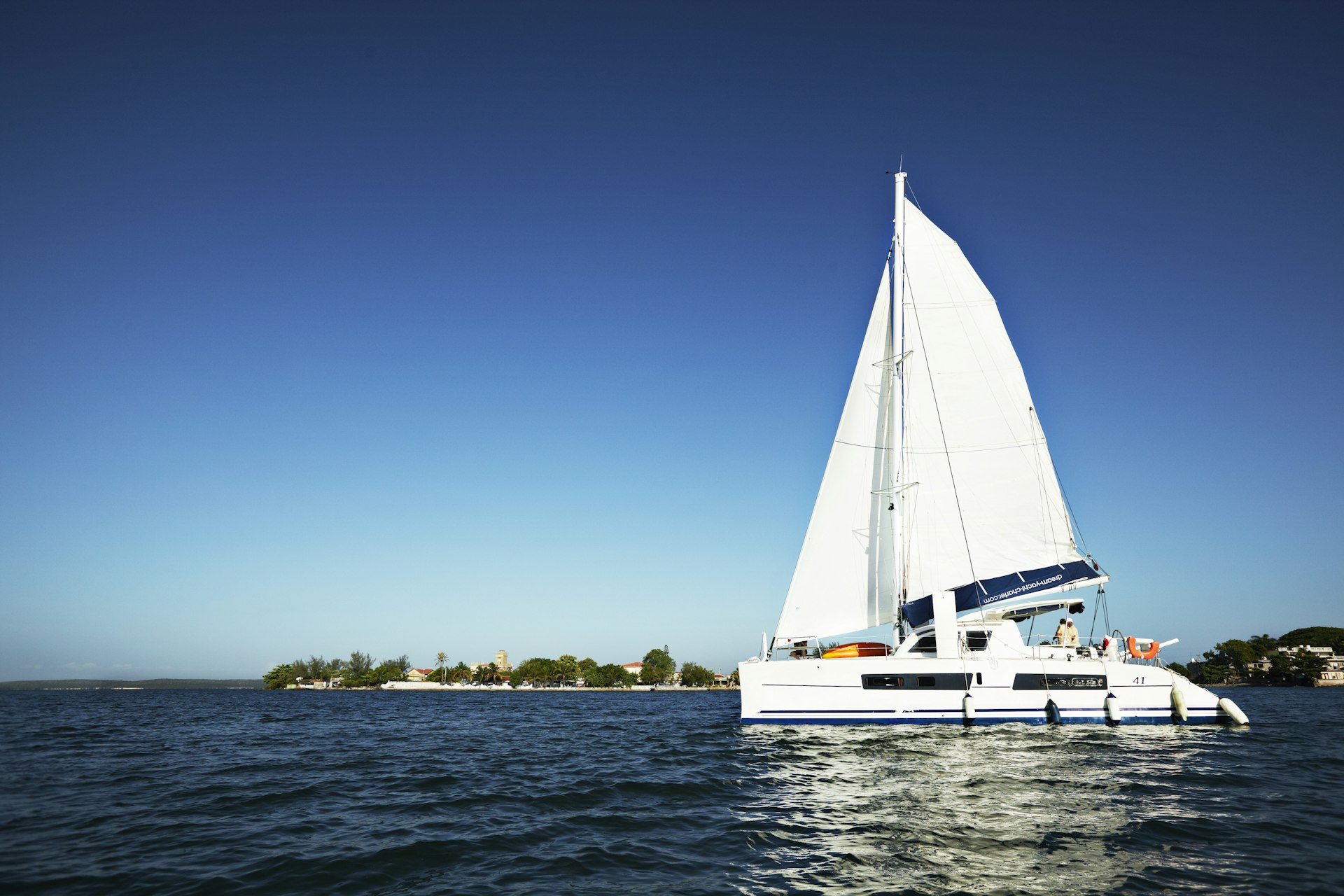
9. Cienfuegos
Best spot for water sports like kayaking, fishing and windsurfing
Known as the Pearl of the South, Cienfuegos is Cuba’s French-inspired city, founded in 1819 on a beautiful natural bay. Deep enough to welcome cruises and mega-yachts, the bay is best enjoyed from Punta Gorda and the nautical centers at Club Cienfuegos and Marlin Marina Cienfuegos.
Planning tip: Enjoy a day kayaking, fishing or windsurfing, but make sure you include an excursion to Laguna Guanaroca, Cienfuegos’ natural protected area, for a chance of birdwatching flamingoes and a boat trip on the lake.

10. Playa Girón
Best for swimming, diving and birdwatching
South of Matanzas province, Playa Girón has one of the country’s best diving sites that isn’t far offshore – no boat required! The clear Caribbean waters offer impressive clarity and a colorful variety of marine fauna. Go for a refreshing swim at a gorgeous cove at Caleta Buena, or look for coral reefs at Punta Perdiz.
Playa Girón is also one of the best places in Cuba for birdwatching because it is part of the Parque Nacional Ciénaga de Zapata, which welcomes about two-thirds of the nearly 350 bird species of Cuba.
Planning tip: On the way from Playa Larga to Playa Girón, make sure you stop at Cueva de Los Peces, one of Cuba’s few cenotes.

